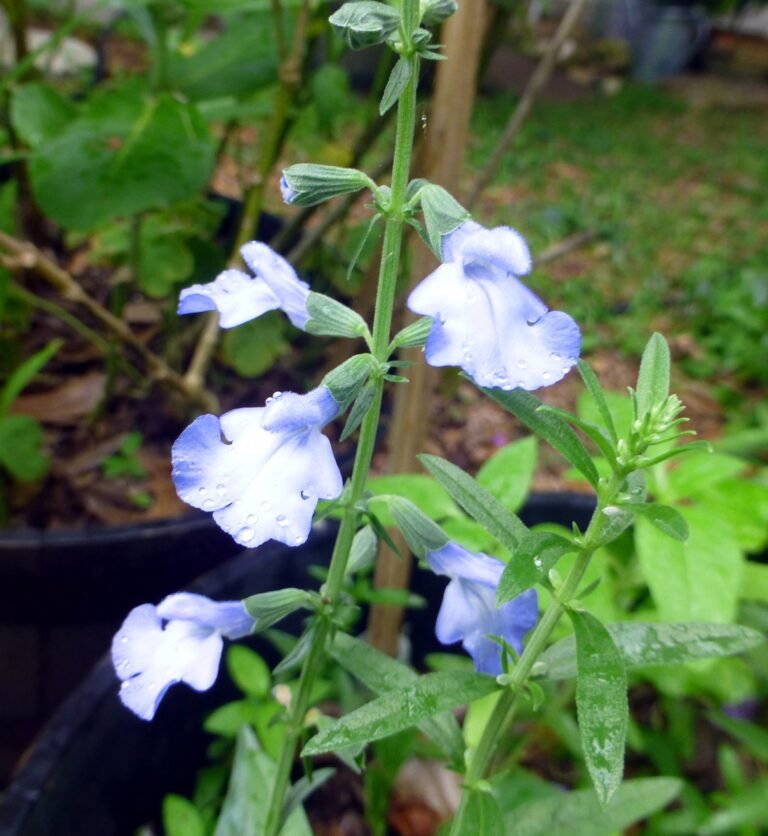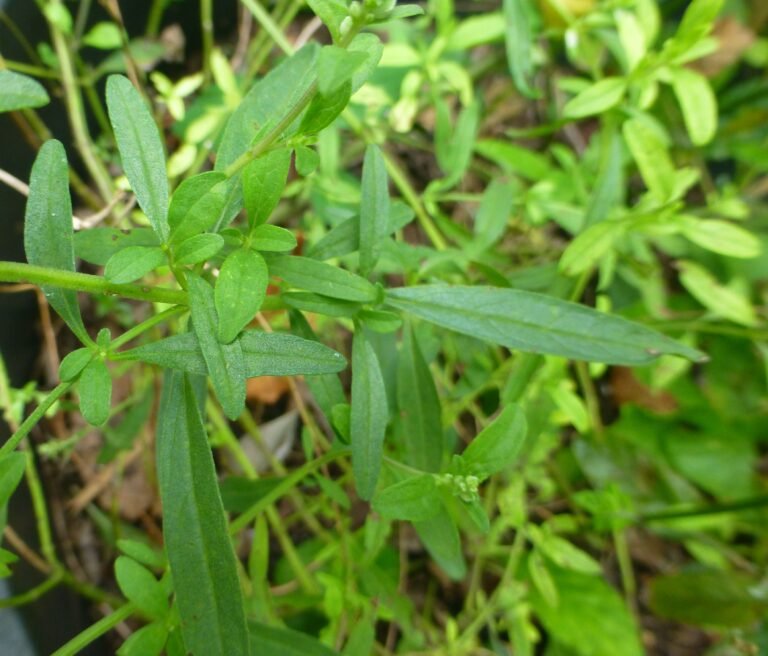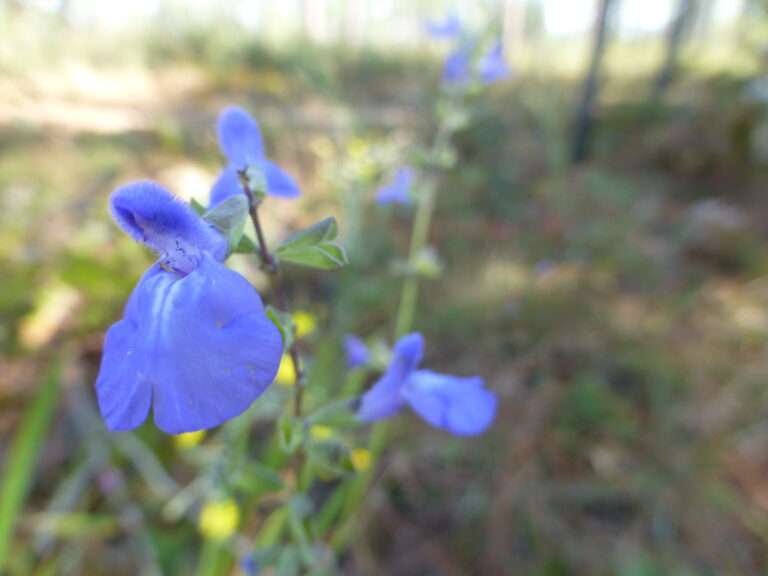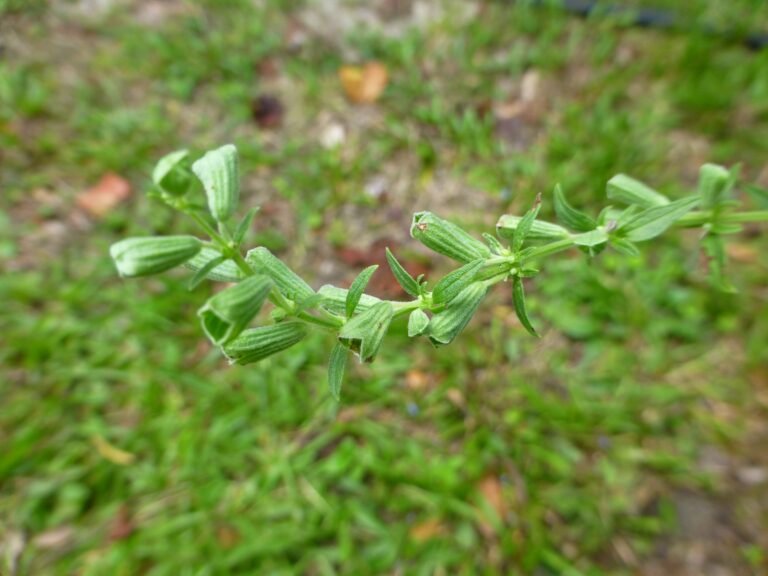
Salvia azurea
(Azure Blue Sage)

Common Names, Latin Name and Family
Pitcher sage, big blue sage, azure sage, giant blue sage, and blue sage.
Its Latin name is Salvia azurea.
Blue sage is in the Lamiaceae, or mint, family.
Form
A perennial wildflower that grows to a height of about three feet.

Leaves
The leaves are opposite and may be toothed or entire.
Basal leaves are absent and the upper leaves are linear to lanceolate.

Flowers
The flowers are about 2 cm in length with a large lower petal and short upper petal. The lower petal is two toothed. The flowers grow on spikelike clusters.

Fruit / Seeds
Once the flowers are pollinated the seed pods begin to form. The tiny seeds are inside waiting to grow and ripen to a brown color.
The seed pods ripen from the bottom of the flower stalk upwards just like the flowers bloom.

Habitat
It grows in flatwoods, sandhills, open pinelands, and dry forests.
Native Range
In Florida it is more common in the panhandle. From there southward it is found to about Hillsborough County, and in Lee and Broward Counties.
It is native to the following states: AL, AR, CO, CT, FL, GA, IA, IL, IN, KS, KY, LA, MI, MO, MS, NC, NE, NM, NY, OH, OK, SC, TN, TX, UT, and WI.
Landscape Use
In the home landscape it can be grown in dry sites that have a good deal of sand and not a lot of leaf litter.
Wildlife Use
The flowers are a source of nectar for many pollinators including butterflies, bees, wasps and beetles. The seeds are eaten by small songbirds and squirrels.
Propagation
It is best propagated by seed, but small specimens may be transplanted with success.